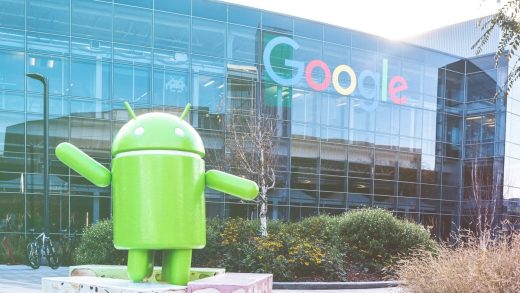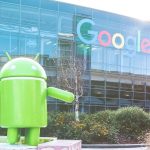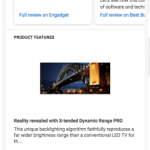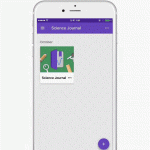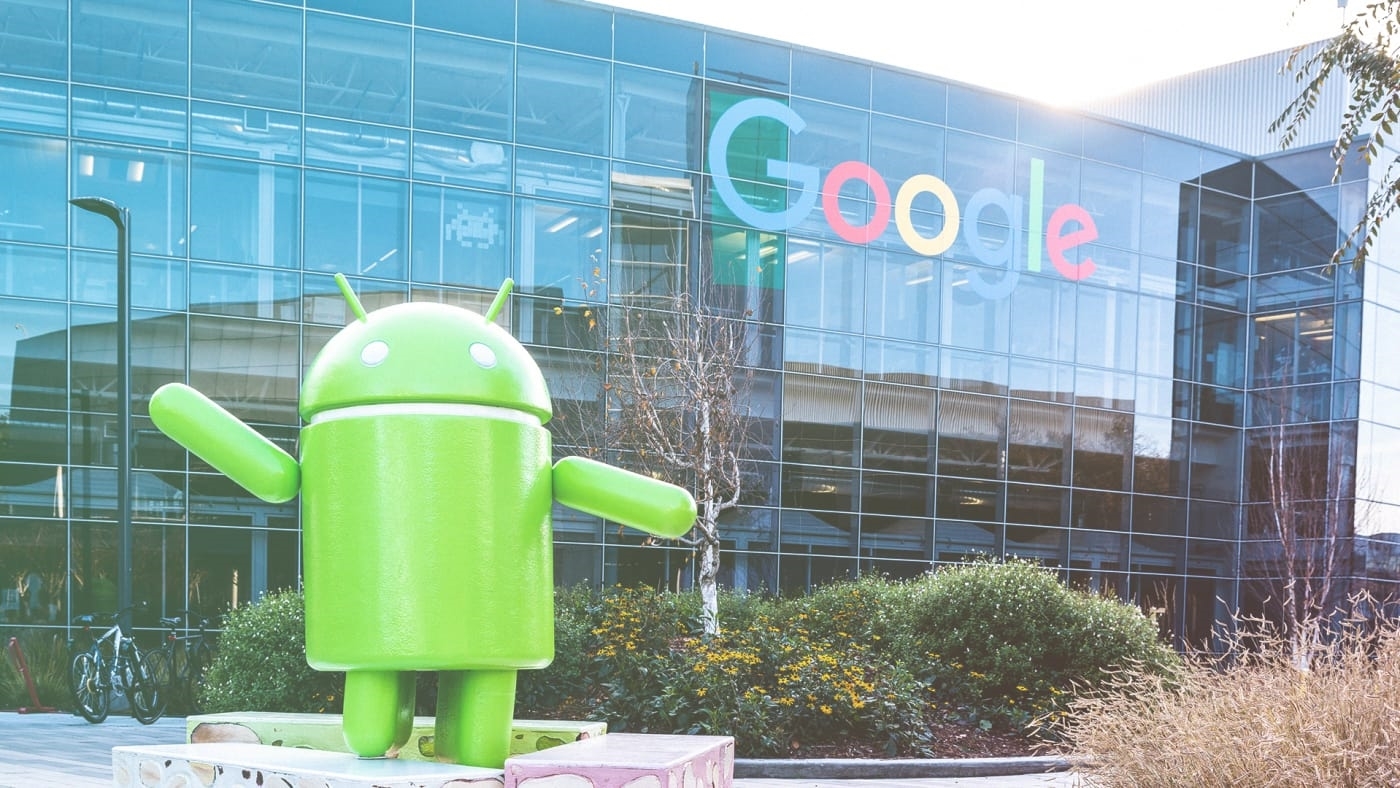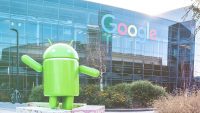Even Google Can’t Decide Whether The Android Brand Matters
Earlier this month, when Google renamed its smartwatch software from “Android Wear” to “Wear OS by Google,” some observers detected a pattern.
“Google is Slowly Killing The Android Brand,” declared the headline in a piece from Gizmodo Australia, which also noted that Google rebranded its Android Pay service as Google Pay a month earlier, and that Google’s Pixel 2 web page only mentions Android in fine print at the bottom. The Verge cast Android Wear’s name change in a similar light, calling it an “ongoing trend” to minimize the use of Android branding in Google products.
Those analyses aren’t wrong, but they’re not new, either. Over the last decade, Google has waffled on whether Android—which originated as the name of the startup that the company acquired to get into mobile operating systems—should be a beloved consumer brand or utilitarian plumbing that only tech nerds should care about. So while Android brand has been declared dead before, it always seems to bounce back before long.
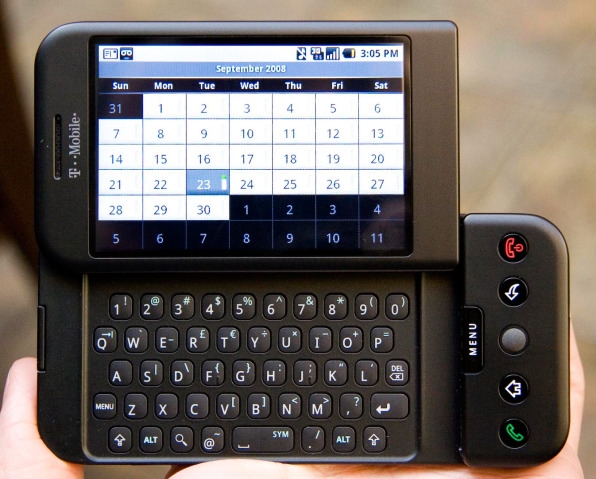
The Early Years
Google’s conflicted relationship with the Android brand began with the launch of the first Android phone, officially called the T-Mobile G1 with Google. Although a press release heralded the G1 as the “first phone powered by Android,” and the tech media covered it as such, a broader ad campaign focused on the phone’s physical keyboard and ties to Google services. A television commercial for the G1 didn’t mention Android at all.
Broad awareness for Android only arrived in a roundabout way, when Verizon started using the “Droid” brand for a series of phones from Motorola, HTC, and eventually Samsung. At the time, AT&T still had an exclusive deal to sell iPhones, so Verizon pitched Motorola’s original Droid as the best choice for Apple haters. An introductory ad campaign focused entirely on features the iPhone lacked, such as a removable battery and multitasking.
The phones were a hit, and their message helped create the Android-iPhone rivalry that persists today. But in a way, the Droid brand was a bit too successful. Outside of tech circles, it wasn’t unusual for people to conflate Verizon’s handful of Droid phones with the entire Android platform.
Although Google didn’t explicitly push back against Droid’s success, it did take steps to establish the Android brand. In 2011, Google started letting carriers and phone makers reproduce and modify Android’s green robot character for advertising purposes, and the Australian carrier Telstra opened an “Androidland” store in Melbourne, decked out in bright green robot logos. That same year, Google made the Android robot a fixture at an expansive Mobile World Congress trade show booth, and when Google and Samsung launched the Galaxy Nexus phone, they advertised it as “the first phone with Android 4.0.” Instead of pushing Android into the background, Google was showing off its operating system with pride.
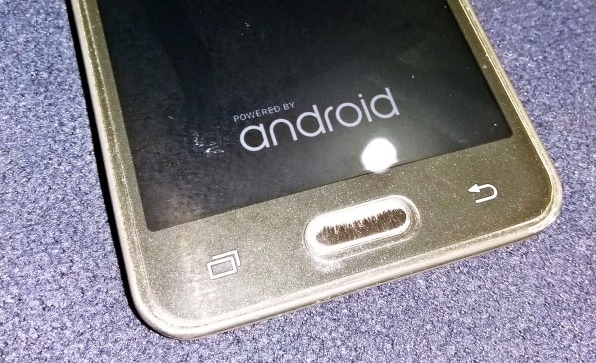
Taming Tablets And Phone Makers
Still, it wasn’t long before Google started downplaying the Android brand again. In 2012, Google renamed its app store from the Android Market to the Google Play Store, while applying the same brand to its music, video, and e-book stores.
For Google, this was a way to fight back against Amazon, whose Kindle Fire tablets ran a spun-off version of Android–unsanctioned by Google–and were taking over the Android tablet market. (“[W]e’re going to do a better job at making people understand what ecosystem they’re buying into,” Andy Rubin, then Google’s head of Android, told The Verge in 2012, shortly before the big rebranding.)
Around the same time, phone makers—who didn’t seem thrilled with reminding people that their devices were all running the same software, provided by someone else—seemed to be distancing themselves from the Android name on their own. HTC, for instance, never mentioned Android while announcing its flagship HTC One in early 2013, and Samsung’s Galaxy phone marketing materials focused entirely on Samsung-exclusive software features. Meanwhile, Google scaled back its presence at Mobile World Congress, with sources telling TechCrunch that the company wanted to put less emphasis on Android as a brand.
But one year later, Google seemed to realize that Android awareness had swung too far in the direction of obscurity. At the time, Google was trying to push its own vision for Android through a visual overhaul (called “Material Design“) and through its Nexus 6 phone, which was sold by all four major U.S. carriers. Google had also launched the Android One program for emerging markets such as India, with a pure version of Android similar to that of the Nexus line.
As of early 2014, Google was mandating that phone makers display a “Powered by Android” message during boot-up. Google’s first major ad campaign for Android followed in the fall, with a tagline (“Be together. Not the same”) that alluded to Android’s customization features and vast number of hardware choices. Google continued to use that tagline in television commercials over the next two years, providing the strongest statement yet that Android was a consumer-facing brand. In 2015, it also transitioned away from its Google Wallet mobile-payment service to a new, improved version called Android Pay.
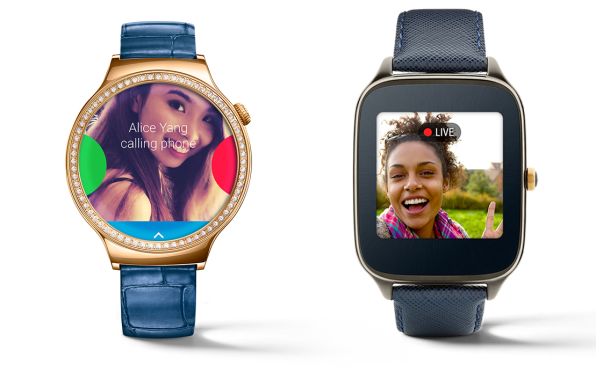
Wear OS And Beyond
This brings us to Google’s most recent segue away from Android as a brand.
With Wear OS and Google Pay, the reasoning is straightforward: Both services appeal to more than just Android users. Wear OS is based on Android, but also pairs with iPhones. Google Pay offers tap-to-pay functionality on Android phones, but also lets people shop online and send money to other people on any device.
But why doesn’t Google mention Android in the marketing for its Pixel 2 and Pixel 2 XL phones? Perhaps the company, like other phone makers, has at last concluded that Android is not a marketable feature, no matter how unadulterated the Pixel’s version might be. It’s better to focus on novel features like unlimited photo storage and easy access to Google Assistant.
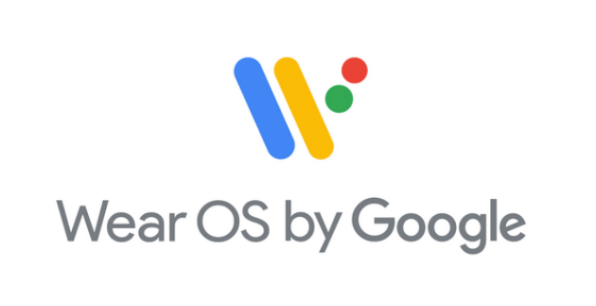
Besides, Google doesn’t have an urgent need to advertise Android anymore. The smartphone operating-system wars are over: Last year, Android made up 86% of worldwide smartphone shipments according to Gartner, and there are no more threats on the horizon. The iPhone’s market share has stagnated, Microsoft has stopped developing Windows Phone, BlackBerry has become an Android phone vendor, Amazon’s lone smartphone effort was a flop, and other Android phone makers are mostly powerless to escape Google’s ecosystem.
Then again, Android phone makers are still disinclined to let Android be Android. Samsung, for instance, gives its Galaxy S9 a handy dedicated button for its Bixby voice assistant and doesn’t let you remap it to the Google Assistant, while Microsoft sells a version of the S9 preloaded with its own software and services.
So don’t be surprised if Google starts marketing Android again, especially as it promotes Android One and Android Go phones that put Google services at the forefront. If history is any guide, the Android brand isn’t dying. It’s just in hibernation.
(18)

